God & King: The Devaraja Cult in South Asian Art and Architecture
Synopsis
George Cedes and K. Ananda Coomaraswamy made astute observations on the cult of defied royalty in South Asia for the first time. The cult of devaraja or God King was the Cambodian state religion, while it may have originated in Java under the great Shrivijaya Empire at a time when it exercised some control over Cambodia and Siam. Of the thirteen temples attributed to the Khmer Kings in Cambodia six were certainly dedicated, between the ninth and eleventh centuries, to the royal linga. A seventh, Angkor Wat, became the mausoleum of its founder Suryavarman it. And, finally, Bayon, built at the end of the twelfth century was installed with the image of Jayabuddha, named after Jayavarman VII. The focus of the new cult instituted by Jayavarman it was a deity known in Khmer language as ‘the master of the world who is the king’, the equivalent in Sanskrit being devaraja. The Cambodian version in similar to the Hindu cult of the world Ruler, the Chakravartin. In Asia the king did became god, and all power, religious and secular, was centred in him. The task of tracing the Devaraja Cult is simplified in a series of Temple Mountains where the consecrated image is associated by its name with the kingly founder, thus revealing ‘several devaraja’ in a flourishing cult. In the cult, a unique image created in a particular era was passed on to the successor. The hypothesis of a single devaraja venerated as a deity throughout the centuries ought to raise some difficulties. The deveraja cult in India as elsewhere in Asia is unique when considered as a philosophical and religious conception that coincides with the veneration of ancestors and guardians of the soil. I seems that the originality of the devaraja cult lay in the integration of the personal cult of the king into a system in which the deification of the eternal principle of royalty was adopted to ensure stability, peace and prosperity. On 27th and 28th March, 2001 distinguished scholars gathered in the National Museum, New Delhi, to discuss the influences of the royal cult in Asian art and architecture, which merits greater attention. The proceedings published in the volume. It is hoped, is a fitting tribute to Dr. Grace Mac Cann Morley, who encouraged advancement of knowledge in order to place the material culture of India in its historical and cultural context.
Read more
54.00
48.6
$
60.00 $
Free delivery Wolrdwidе in 10-18 days
Ships in 1-2 days from New Delhi
Membership for 1 Year $35.00
Get it now and save 10%
Get it now and save 10%
BECOME A MEMBER
Books by the same author

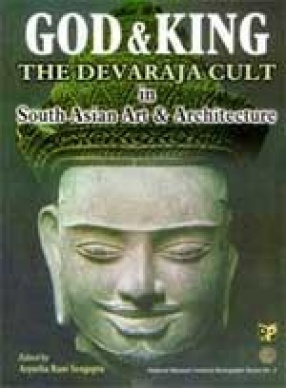
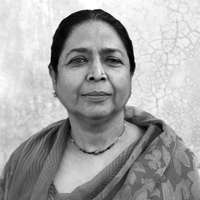
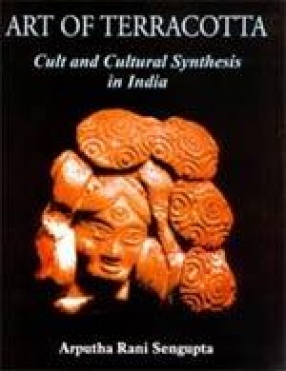
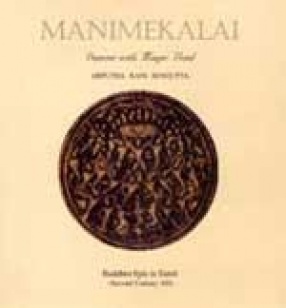
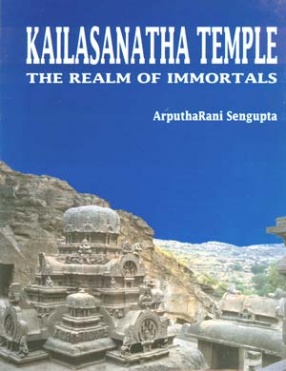
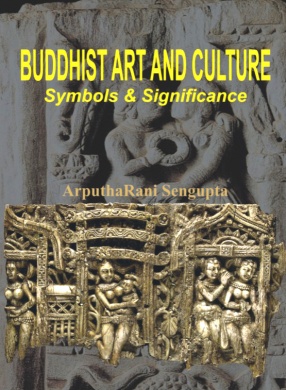
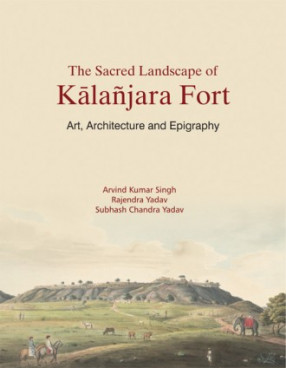
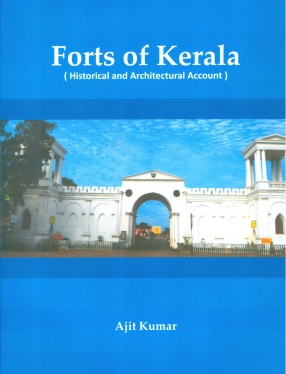
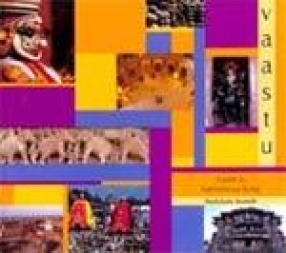
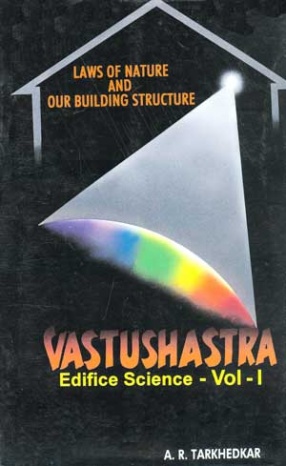

Bibliographic information